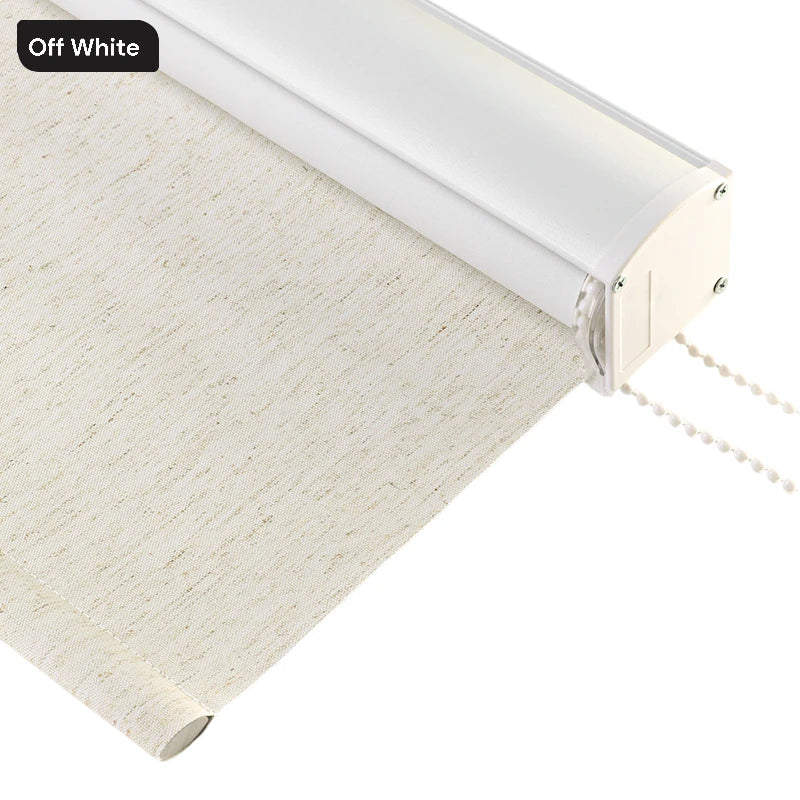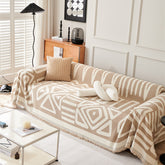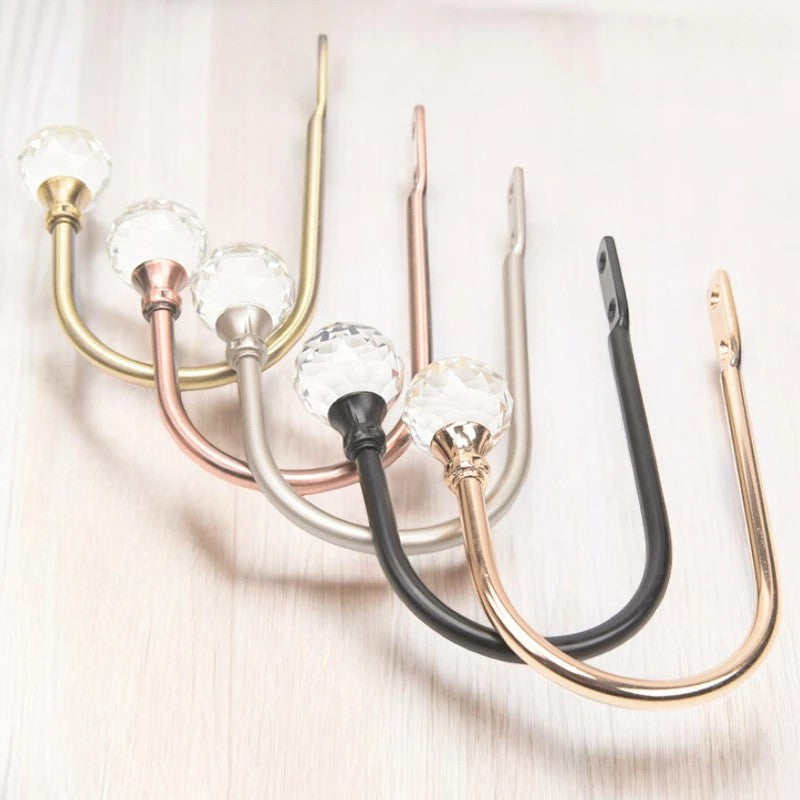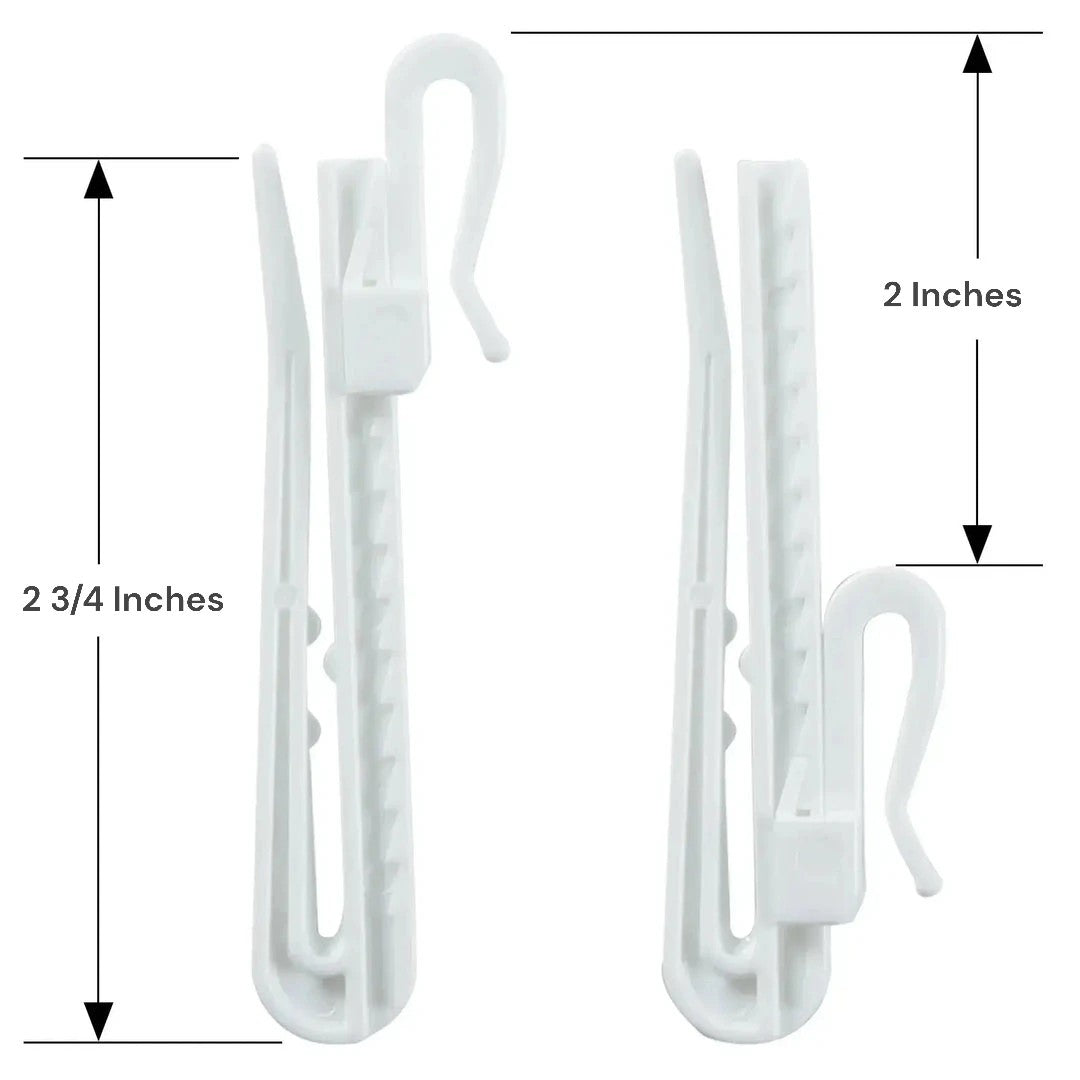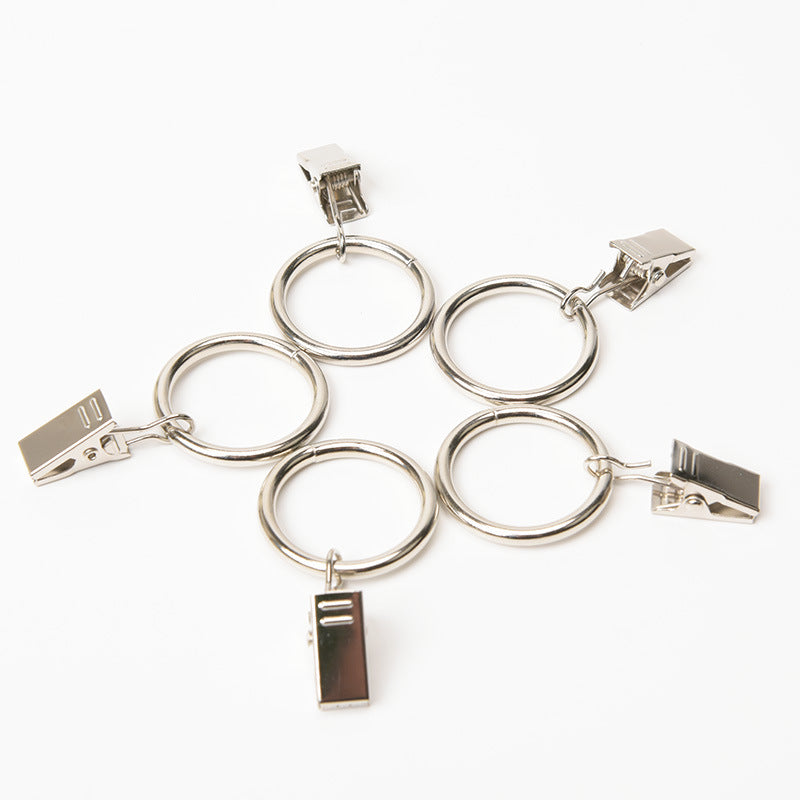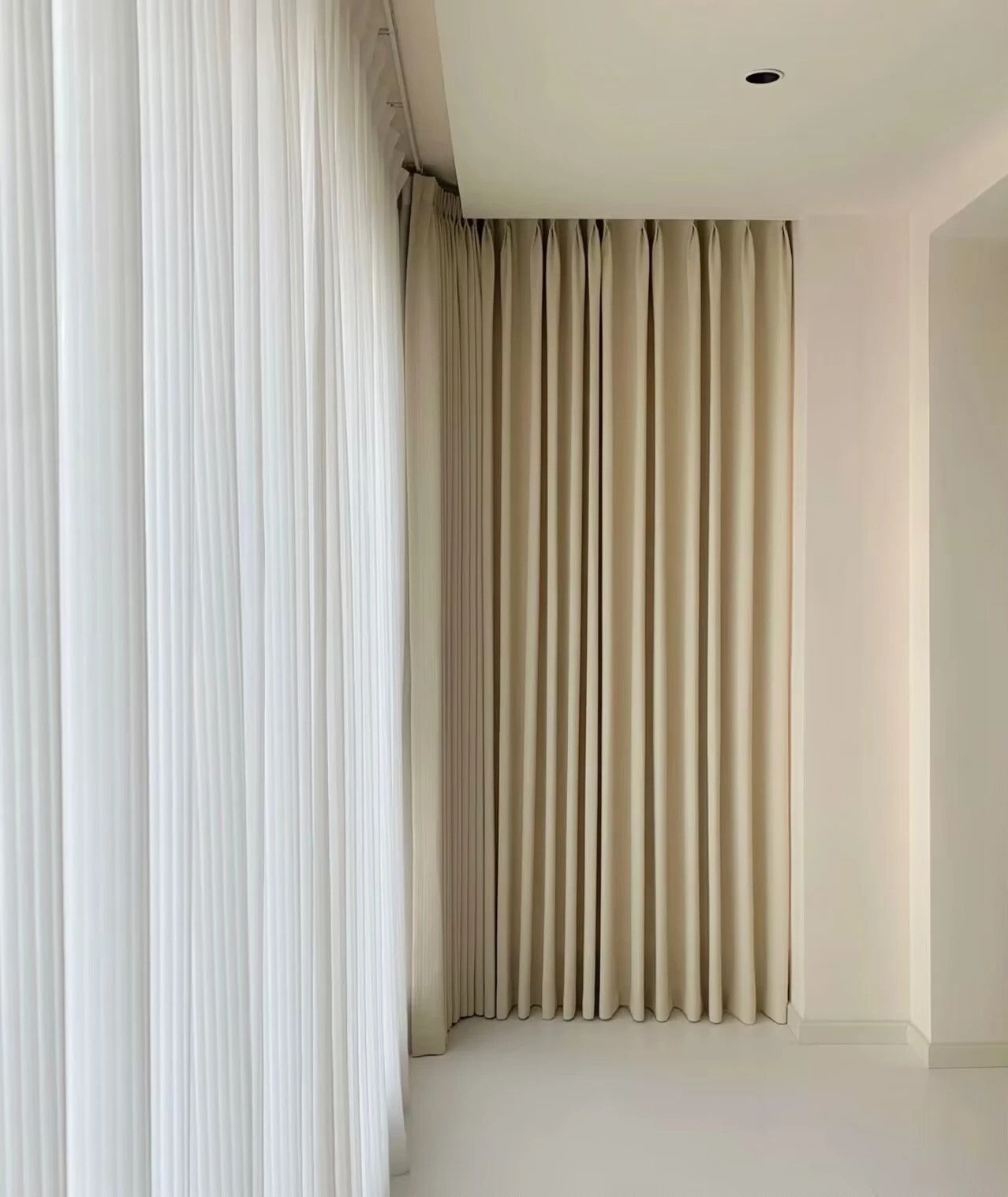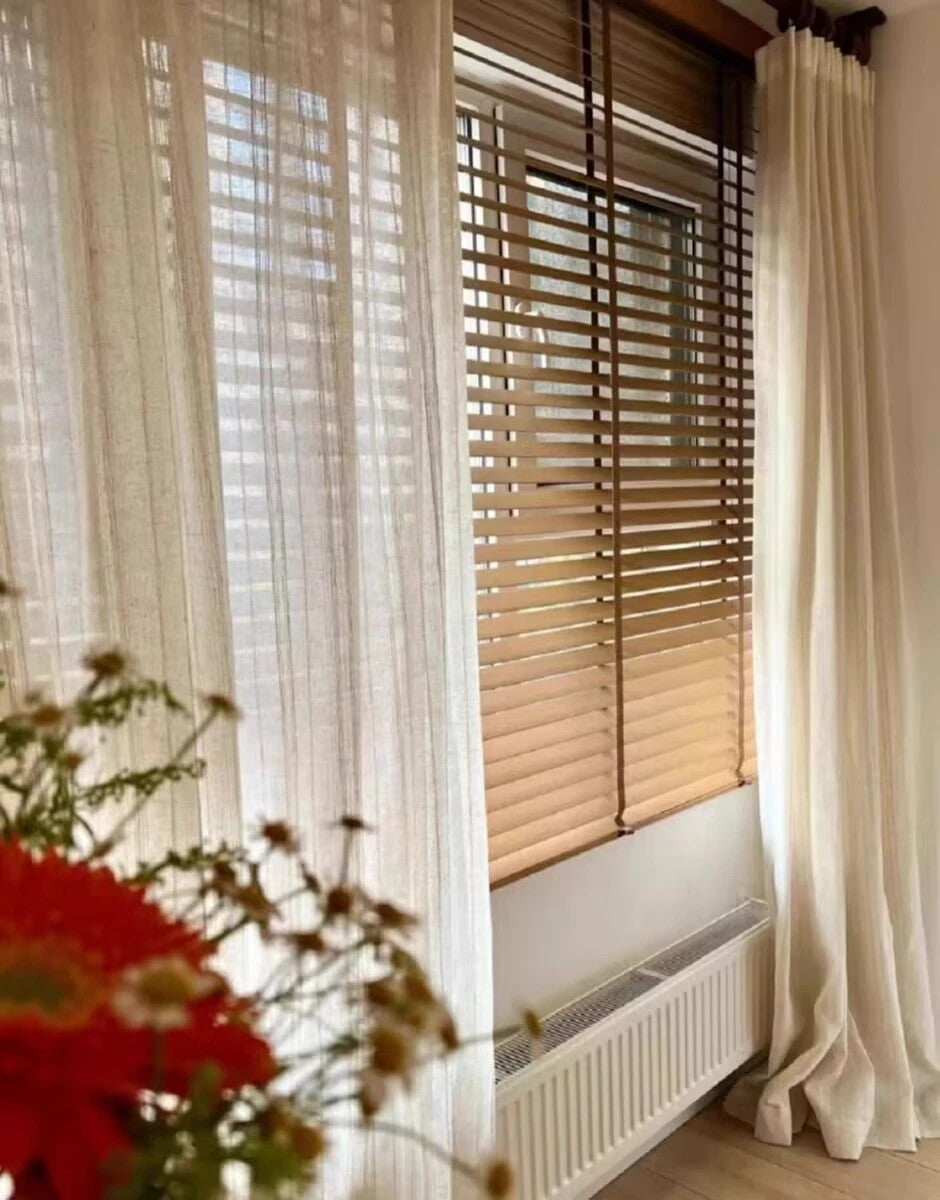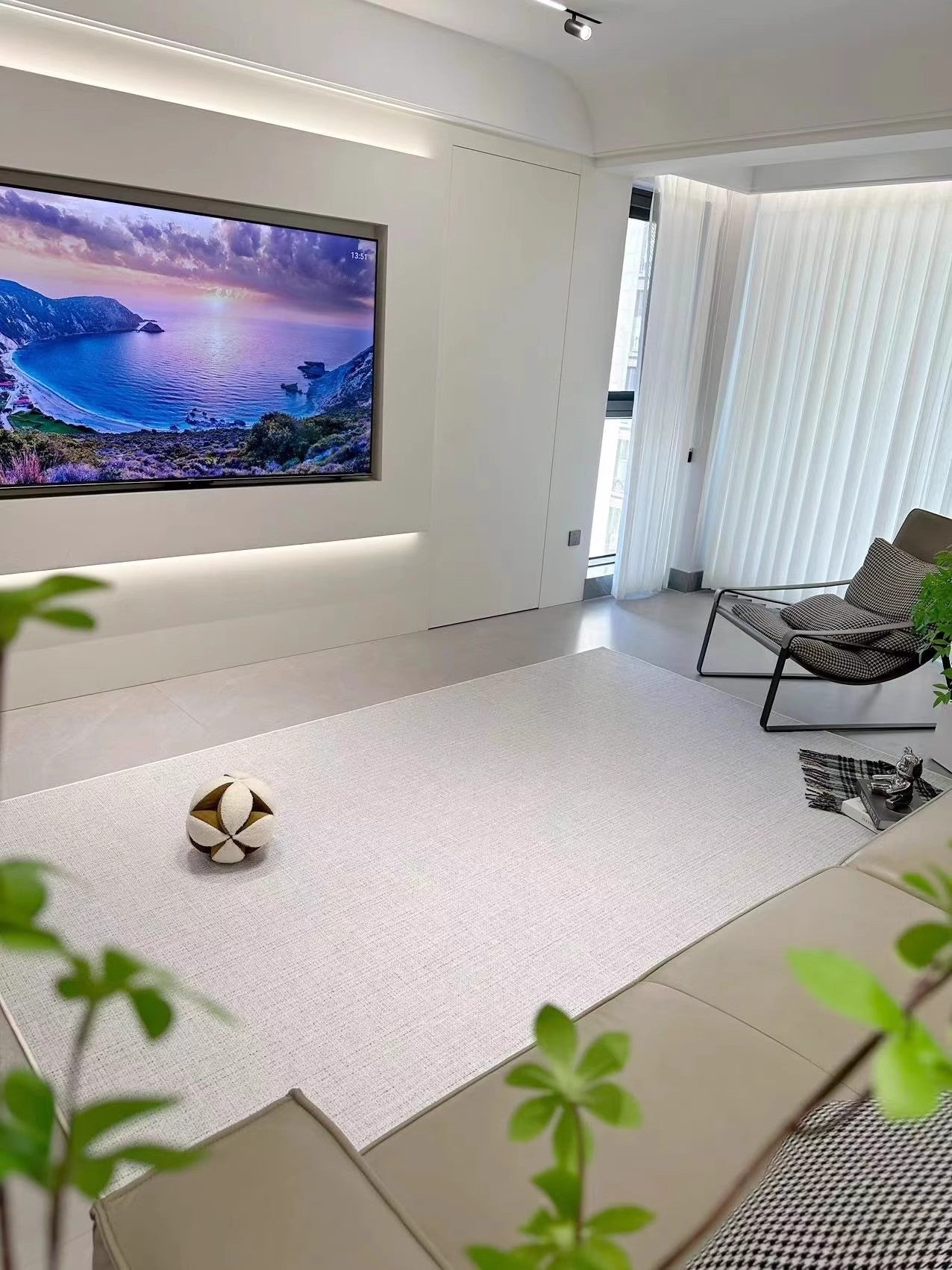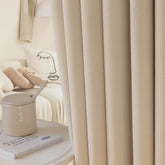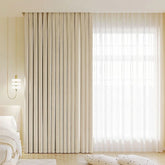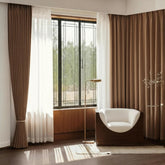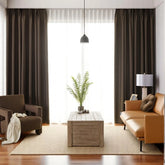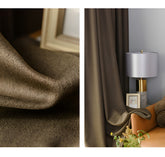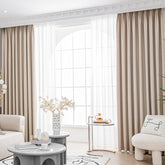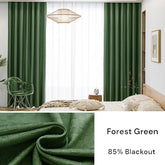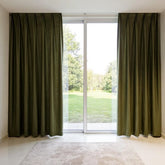Best Curtain Materials for Insulation Guide
In this comprehensive guide, we will explore the best curtain materials for insulation to help you keep your home warm and cozy throughout the year. Whether you're looking for increased energy efficiency or simply want to create a cozy atmosphere, choosing the right curtain materials can make a significant difference.
Insulation is key when it comes to maintaining a comfortable temperature in your home and reducing energy consumption. By selecting curtain materials that provide excellent insulation, you can effectively block out drafts and keep the warmth inside during the cold winter months. Not only will this contribute to a cozy home, but it can also lead to significant savings on your energy bills.
When it comes to choosing curtain materials for insulation, there are various options to consider. From velvet and tweed to cotton and polyester, each material has its own unique properties that contribute to insulation. Additionally, curtain liners can further enhance insulation and improve energy efficiency.
Throughout this guide, we will discuss the importance of insulation and R-values, explore different types of insulating curtain materials, and provide tips for hanging insulated curtains. We will also highlight where you can find the best-insulated curtains that offer custom sizes and great deals.
Key Takeaways:
- Choosing the right curtain materials can significantly improve insulation and keep your home warm.
- Insulated curtains contribute to energy efficiency and can lead to savings on your energy bills.
- There are various types of insulating curtain materials available, such as velvet, tweed, cotton, polyester, and more.
- Curtain liners play a crucial role in enhancing insulation and improving energy efficiency.
- Properly hanging insulated curtains close to the window and using seals for better coverage can maximize insulation benefits.
Understanding Insulation and R-Values
Before diving into the best curtain materials for insulation, it's essential to understand the concept of insulation and R-values. Insulation refers to the ability of a material to resist the flow of heat, maintaining thermal comfort inside a space. It helps to keep the warm air inside during winters and prevents heat from entering during summers. The R-value is a measurement that quantifies the thermal resistance of a material. A higher R-value indicates better insulation properties, meaning the material can prevent heat loss more effectively.
By understanding insulation and R-values, you can make informed decisions when choosing curtain materials for your home. The right insulation can lead to optimal energy savings, reduced heat loss, and minimized air infiltration.
Whether you're looking for improved thermal comfort or trying to create an energy-efficient living space, insulation plays a crucial role. With the right curtain materials and proper insulation, you can enjoy a warm and cozy home throughout the year.
Types of Insulating Curtain Materials
When it comes to choosing curtain materials for insulation, there are several options available, each with its own unique properties and benefits. Understanding the different types of materials can help you make an informed decision based on your specific needs and preferences.
Velvet
Velvet is a popular choice for insulating curtains due to its heavy and luxurious nature. This dense fabric provides excellent insulation, helping to keep warmth inside your home while preventing cold drafts from entering.
Velvet curtains also add an elegant touch to any space, making them both functional and visually appealing.
Tweed
Tweed is a durable and heavy-duty fabric that is perfect for blocking cold air. Its tight weave and thick texture make it highly effective at keeping out drafts and maintaining warmth.
Tweed curtains are not only practical but also add a cozy and rustic charm to your home decor.
Tapestry
Tapestry is a thick and patterned fabric that offers both aesthetics and insulation. With its intricate designs and textured surface, tapestry curtains can enhance the visual appeal of any room while providing an additional layer of insulation.
The thickness of the fabric helps block out cold air, making it an excellent choice for colder climates.
Cotton and Cotton Blends
Cotton and cotton blends are versatile options for insulating curtains. These fabrics can be easily lined with thermal or blackout liners for added insulation.
Cotton curtains are breathable and lightweight, making them suitable for various climates. They also come in a wide range of colors and patterns, allowing you to find the perfect match for your home decor.
Polyester
Polyester is a sturdy and durable material commonly used in energy-efficient curtains. It offers excellent insulation properties and can help regulate temperature by trapping heat inside during the colder months and blocking out sunlight during the warmer months.
Polyester curtains are also resistant to wrinkles and fading, making them a practical choice for long-lasting insulation.
Linen
Linen curtains offer a tailored look and can be lined for better insulation. This natural fabric has thermal properties that can help regulate temperature and improve energy efficiency.
Linen curtains are known for their elegant and sophisticated appearance, adding a touch of luxury to any room.
Chenille
Chenille is a soft and textured fabric that not only acts as a good insulator but also reduces noise. Its plush texture helps to absorb sound, making it an ideal choice for bedrooms or other spaces where noise reduction is important.
Chenille curtains add a cozy and inviting feel to any room while providing insulation and privacy.
By understanding the unique characteristics of each curtain material, you can choose the one that best suits your needs in terms of insulation, warmth, durability, and noise reduction.
Enhancing Insulation with Curtain Liners
Curtain liners play a crucial role in improving the insulation properties of curtains. By adding an extra layer to your curtains, you can enhance their ability to keep your home warm and cozy.
There are different types of curtain liners available, each offering unique benefits for insulation.
The role of curtain liners in improving insulation
Curtain liners act as an additional barrier between your curtains and the outside environment. They help to trap air, reduce heat transfer, and block out light, making them an excellent choice for creating a thermal barrier.
Curtain liners significantly improve insulation, allowing you to maintain the desired temperature in your home.
Types of liners: blackout, thermal, and dimout
There are three main types of curtain liners that you can choose from:
- Blackout liners: These liners are designed to block out light and provide insulation. They are particularly suitable for bedrooms and media rooms, where you want to create a dark and cozy atmosphere while enhancing insulation.
- Thermal liners: Thermal liners are designed to provide additional insulation by trapping air and reducing heat transfer. They are an excellent choice for rooms that require enhanced warmth, such as living rooms and bedrooms.
- Dimout liners: Dimout liners offer a balance between light filtering and insulation. They allow some light to pass through while still providing insulation benefits. Dimout liners are a versatile option for various rooms in your home.
Each type of liner offers its own unique benefits, catering to different preferences and requirements.
Color
When choosing curtain liners for insulation, it's essential to consider the color as well. Darker colors tend to absorb more heat compared to light colors.
Therefore, opting for curtain liners in darker shades can contribute to improved insulation and temperature regulation in your home.
Best Practices for Hanging Insulated Curtains
Hanging insulated curtains properly is essential for maximizing their insulation benefits.
By following these best practices, you can ensure optimal window coverage and minimize drafts, creating a cozy and energy-efficient environment in your home.
Hanging curtains close to the window
When hanging insulated curtains, it's important to position them as close to the window as possible.
This ensures maximum coverage and prevents air leakage. By eliminating gaps between the curtains and the window frame, you can effectively block out drafts and cold air from entering your living space.
Length: Floor-length curtains minimize drafts from below.
Choosing floor-length curtains is another effective way to minimize drafts. Floor-length curtains provide full coverage from the top of the window to the floor, preventing cold air from seeping in through the bottom.
Consider measuring the distance from the curtain rod to the floor to ensure that your curtains are the appropriate length for your windows.
At Dolcewe, we offer custom size for all curtains, starting at $26.99.
Using seals like tape or Velcro for better coverage
To further enhance the insulation provided by your curtains, consider using seals such as tape or Velcro. These can be applied to the edges of the curtains or the window frame to create a tighter seal.
By eliminating gaps and reducing air infiltration, you can significantly improve the effectiveness of your insulated curtains in maintaining a warm and draft-free environment.
Layering curtains for additional insulation
Layering curtains is a practical and stylish way to enhance insulation. By adding additional layers of curtains, you create an extra barrier against heat loss and drafts.
Choose curtains with different thicknesses and textures to maximize their insulating properties. For example, you can layer a sheer curtain with a thicker, insulating curtain to achieve both enhanced insulation and a visually appealing window treatment.
Implementing these best practices will not only help you achieve maximum insulation benefits but also enhance the overall aesthetic appeal of your home.
By properly hanging insulated curtains, you can create a cozy and energy-efficient living space, minimizing drafts and maximizing comfort.
Choosing the Right Curtain Material for Your Home
When selecting the perfect curtain material for your home, there are several important factors to consider.
These factors include the climate you live in, the usage of the room, and your personal style preferences. Additionally, it is essential to assess the light filtering and draping qualities of different fabrics to ensure your curtains meet both your aesthetic and functional needs.
Factors to Consider
Climate
Take into account the climate of your area when choosing curtain materials. For colder climates, thicker materials such as velvet or tweed provide better insulation and help keep warmth inside. In warmer climates, lighter materials like linen or cotton blends allow for better airflow and breathability.
Room Usage
Consider the purpose of the room when selecting curtain materials. For bedrooms, blackout options are ideal, as they block out light and provide privacy.
Living rooms and dining areas may benefit from curtains that allow natural light to filter in while still offering some degree of privacy.
Personal Style
Your personal style and home decor can influence the curtain material you choose. Consider the overall aesthetic of your space and select fabrics that complement the style and color scheme of the room.
Assessing Light Filtering and Draping Qualities
When evaluating the light filtering capabilities of different fabrics, it's helpful to consider the opacity and color. Fabrics with a higher opacity, such as velvet, provide better light blocking, while sheer or voile fabrics allow more light to filter through.
Additionally, draping qualities play a role in how curtains hang and fall when they are opened or closed. Fabrics like silk or velvet have a luxurious drape, while cotton or linen may have a more casual or tailored appearance. Assessing these qualities will help you determine the overall look and functionality of your curtains.
Shop Best Insulated Curtains at Doclewe
Looking for the perfect insulated curtains to enhance the insulation of your home? Look no further than Doclewe! We offer a wide range of high-quality insulated curtains that will meet all your insulation needs.
One of the key advantages of shopping at Doclewe is that we provide custom sizes for a perfect fit on your windows. No matter the dimensions of your windows, our insulated curtains can be tailored to fit seamlessly, ensuring maximum coverage and insulation. With prices starting at just $26.99, our curtains are not only functional but also affordable.
At Doclewe, we value our customers and strive to provide the best shopping experience. That's why we offer free shipping on orders over $199. You can receive your insulated curtains right at your door without any extra cost. And if you're a first-time customer, we have an extra treat for you! You can enjoy an additional 10% off your first order, making it even more budget-friendly.
With a wide selection of curtain materials, colors, and styles, Doclewe has the perfect insulated curtains to suit your taste and home decor. Whether you're looking for heavy and luxurious velvet curtains or sturdy and durable polyester curtains, we have it all.
Experience the combination of functionality and style with our high-quality insulated curtains.



